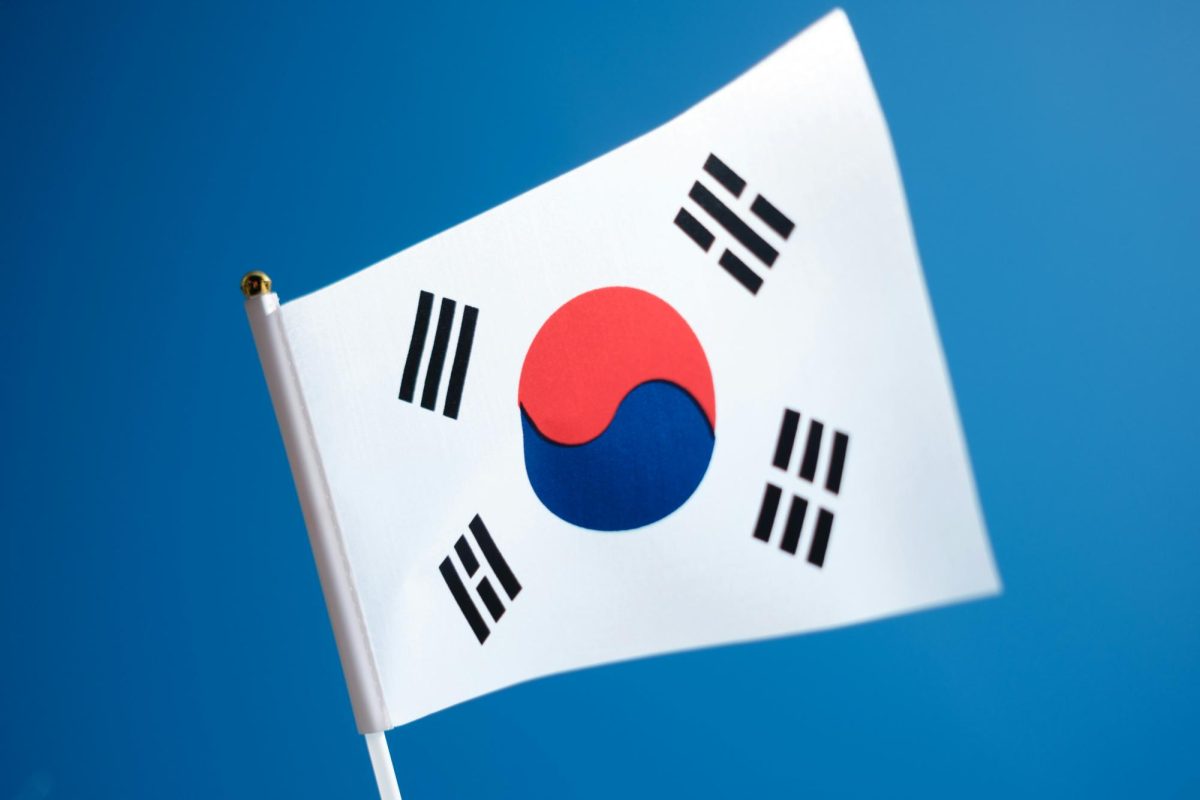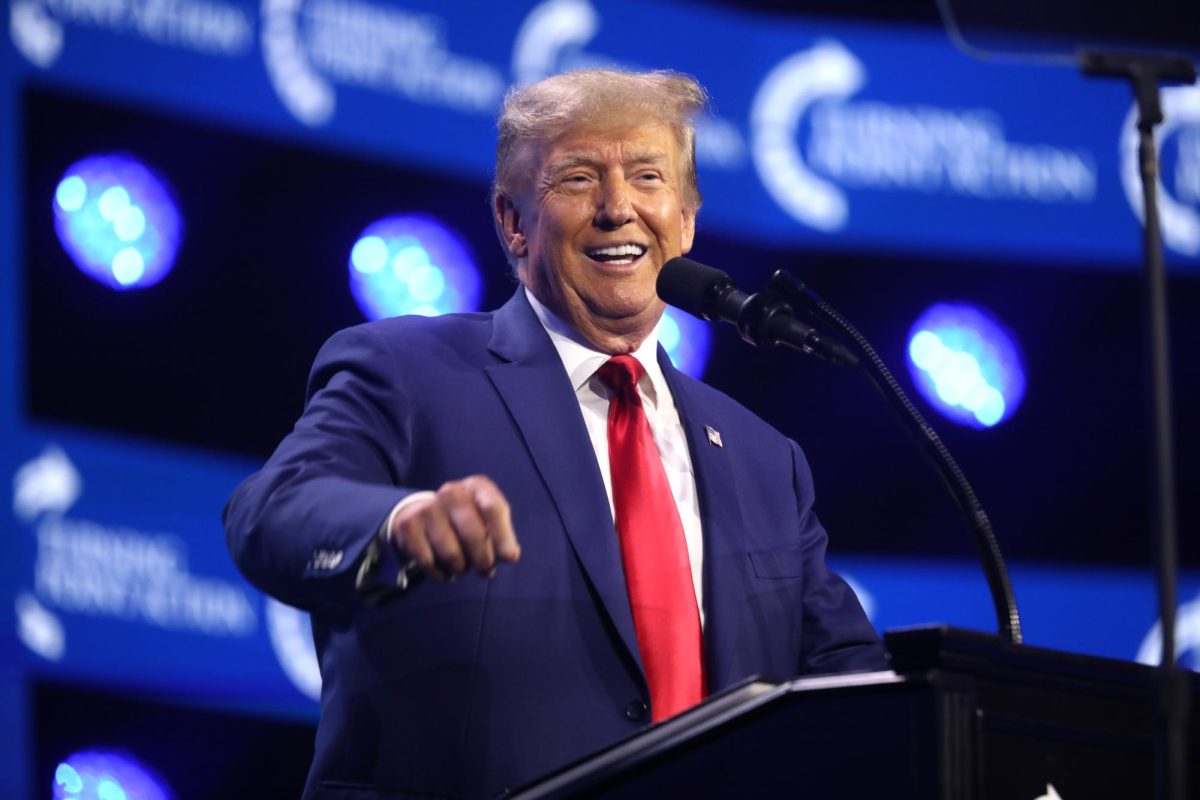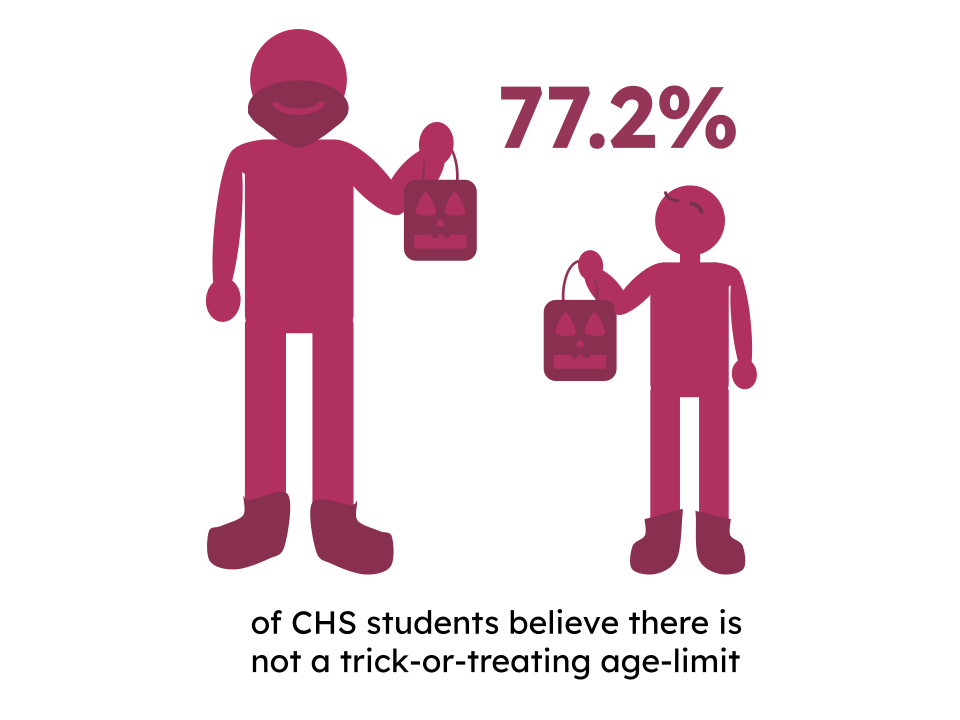To the outrage of New Jersey’s government, New York initiated their plan for congestion pricing for drivers entering Manhattan. Instead of welcoming the new initiative, New Jersey officials believe it is a “misguided scheme” to take advantage of the Garden State.
The new pricing plan, which will take effect in spring of 2024, raises the toll price from $17 to $23 dollars for any car entering Manhattan south of 60th Street which includes the Lincoln and Holland tunnel.
New Jersey Governor Philip Murphy and his fellow senators, including Bob Menendez, Joe Lagana and Jon Bramnick, were outraged by the hike in toll prices and swiftly responded with a lawsuit against the U.S. Department of Transportation (USDOT) and the Federal Highway Administration (FHWA), arguing that the nearly 4,000 page document environment assessment was not
thorough enough.
The lawsuit filed against congestion pricing functions as a way for government officials to prove that the price raise takes advantage of New Jerseyians in order to expand the Metropolitan Transportation Authority’s (MTA) budget.
“New Jersey has been our region’s pack mule for a long time. Enough is enough,” N.J. Congressman Bill Pascrell said.
Claiming that congestion pricing unfairly punishes state residents is hypocritical, as New Yorkers need to pay New Jersey tolls when driving through the two main highways, The New Jersey Turnpike and The Garden State Parkway.
Another outraged N.J. Congressman, Josh Gottheimer, claims that congestion pricing will not improve air quality but it will, in fact, make it worse for residents of North Jersey. He believes that drivers will be unwilling to use the Lincoln and Holland Tunnel and keep their cars running in New Jersey.
“I don’t know how the MTA Chairman looks at himself in the mirror. He should come to Fort Lee and look Mayor Sokolich in the eye and tell him why it’s okay to give cancer to the children here,” Gottheimer said.
Despite these claims, congestion pricing has a proven reputation of reducing carbon emissions due to a lower number of cars and stop and go traffic. The USDOT found that London, which has a congestion charge zone similar to the one proposed in New York, felt a drop of 20% in carbon dioxide emissions. Stockholm’s congestion pricing system also contributed to a 10% to 14% drop in carbon dioxide emissions. According to the New York Times, the new congestion fee will reduce cars in midtown Manhattan by 20%, which is equivalent to 143,000 vehicles. In return, less cars will reduce air pollution within the city.
Congestion pricing is a necessary step forward to combat climate change and reduce air pollution in New York. Murphy, who claims to be an environmentalist, should welcome congestion pricing as a plan to fight climate change instead of creating needless lawsuits against it.










